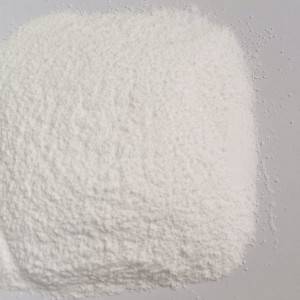sebacic acid
It is a white scaly crystal used to prepare polyamide, polyurethane, alkyd resin, synthetic lubricating oil and lubricating oil additive. Epoxy resin curing agent polyphthalic anhydride, as well as perfume, paint, cosmetics, nylon resin 1010, nylon 610, nylon 810, nylon 9 and other polyamide resin and cold resistant plasticizer DOS, DBS main raw materials
Formula: C10H18O4 HOOC(CH2)8COOH
Synonyms: Sebum
Molecular Weight: 202.25
CAS No.: 111-20-6
Specification:
|
Item |
Super class |
Befined class |
|
|
Appearance |
White granular |
White crystal powder |
White granalar |
|
Sebacic Acid Content |
≥99.5 |
≥99.5 |
≥99.5 |
|
Ash(%) |
≤0.03 |
≤0.03 |
≤0.005 |
|
Moisture(%) |
≤0.30 |
≤0.30 |
≤0.10 |
|
Alk Fusion Ch.# |
≤15 |
≤15 |
≤15 |
|
Melting Point Range℃ |
131.0-134.5 |
131.0-134.5 |
131.0-134.5 |
Sebacic acid was first obtained by dry distillation of castor oil and alkali. Later, a synthetic method was developed, and a new route for the production of azelaic acid from petroleum normal paraffin fermentation (see fermentation process) is currently under development. The castor oil alkaline solution commonly used in the industry is in the reaction kettle, and the saponification reaction between castor oil and alkali solution at 100 ° C produces sodium ricinoleate and glycerin. The ricinoleic acid sodium is separated and sulfuric acid is added to form ricinoleic acid, and then alkalized with a base. The reaction temperature is 260-280 ° C, and low pressure or high pressure is used. The reaction produces azelaic acid disodium salt and 2-octanol and hydrogen. Finally, it is neutralized by sulfuric acid, decolorized, crystallized and dried to obtain a pure product with a total yield of over 40%.








